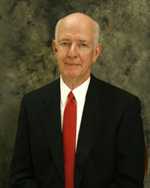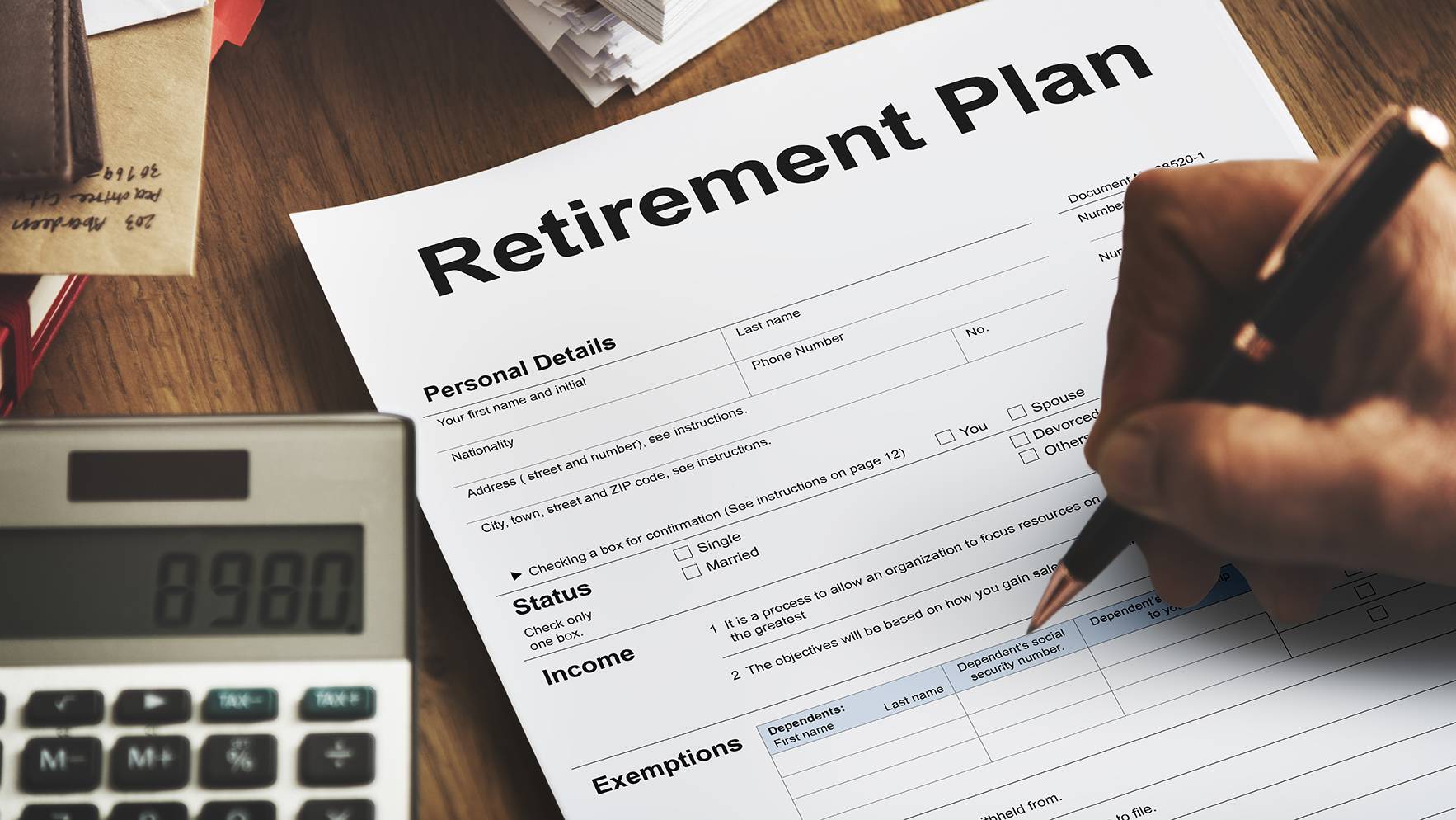Self-Study
The § 199A Pass-Through Deduction
An examination of Section 199A pass-through deductions under TCJA.

$87.00 – $107.00
Webcasts are available for viewing Monday – Saturday, 8am – 8pm ET.
Without FlexCast, you must start with enough time to finish. (1 Hr/Credit)
Please fill out the form below and we will reach out as soon as possible.
CPE Credits
3 Credits: Taxes
Course Level
Overview
Format
Self-Study
Course Description
The Tax Cuts and Jobs Act of 2017 (TCJA), signed into law during the closing days of 2017, affects the tax planning and income tax liability for many taxpayers. Among those for whom the TCJA will have a more significant effect are business owners of pass-through trades or businesses who may be eligible for the TCJA’s pass-through deduction. This pass-through deduction taxation CPE course will examine the pass-through deduction authorized under § 199A of the TCJA.
The text is conceptually divided into three sections: First, calculation of the pass-through deduction for business owners whose taxable income does not exceed a threshold amount set by statute; second, calculation of the pass-through deduction for business owners whose taxable income is greater than the threshold; and finally, calculation of the pass-through deduction for business owners whose taxable income is greater than the threshold and whose businesses are considered specified service trades or businesses (SSTBs). The final chapter of this pass-through business tax CPE course examines each of the business categories that are considered specified service trades or businesses and identifies those businesses that might appear to be placed in those categories but which would not be deemed SSTBs.
In examining the pass-through deduction it:
• Provides an explanation of computation of the deduction and appropriate examples;
• Considers how W-2 wages and the unadjusted basis of qualified property immediately after its acquisition (UBIA) should be determined;
• Defines qualified business income (QBI), qualified REIT dividends and qualified publicly traded partnership (PTP) income and the special rules applicable to them;
• Examines the aggregation rules applicable to the deduction;
• Identifies trades or businesses considered specified service trades or businesses (SSTB) and the trade or business of performing services as an employee excluded from pass-through deduction eligibility; and
• Discusses the special rules applicable to computing the pass through deduction for relevant pass-through entities (RPEs), publicly traded partnerships (PTPs), trusts and estates.
Learning Objectives
After completing this section of the course, you will be able to:
•Explain how to compute the § 199A deduction for pass-through business owners whose taxable income is:
•Not in excess of the applicable threshold;
•In excess of the applicable threshold but not in excess of the sum of the threshold and phase-in range;
•In excess of the sum of the applicable threshold and phase-in range;
•Determine W-2 wages and the unadjusted basis of qualified property immediately after its acquisition (UBIA);
•Define qualified business income (QBI), qualified REIT dividends and qualified publicly traded partnership (PTP) income and the special rules applicable to them;
•Recognize the aggregation rules applicable to the § 199A deduction;
•Identify the trades or businesses considered specified service trades or businesses (SSTBs) that may be ineligible for the pass-through deduction;
•Identify the applicable threshold amounts;
•Recognize the requirement that would enable an SSTB to qualify for an exception to disqualification for the pass-through deduction;
•Calculate qualified business income of SSTBs and non-SSTBs for business owners whose taxable income exceeds the applicable threshold;
•Recognize the methods that may be used to determine W-2 wages for purposes of the pass-through deduction;
•Define “qualified property” as used in connection with the pass-through deduction;
•Determine when the general rule for calculating QBI is modified for § 199A deduction purposes;
•Apply the pass-through deduction rules to calculate the reduction percentage and the applicable percentage for purposes of the § 199A deduction;
•Calculate the § 199A deduction for a pass-through business other than an SSTB whose owner’s taxable income is within the phase-in range;
•Calculate the § 199A deduction for an SSTB pass-through business whose owner’s taxable income is within the phase-in range;
•Recognize a qualified trade or business; and
•Identify specified service trades or businesses (SSTBs).
Course Specifics
8202711
January 10, 2025
There are no prerequisites.
None
81
Compliance Information
IRS Provider Number: 0MYXB
IRS Course Number: 0MYXB-T-02553-24-S
IRS Federal Tax Law Credits: 3
CTEC Course Number: 2071-CE-1497
CTEC Federal Tax Law Credits: 3
CFP Notice: Not all courses that qualify for CFP® credit are registered by Western CPE. If a course does not have a CFP registration number in the compliance section, the continuing education will need to be individually reported with the CFP Board. For more information on the reporting process, required documentation, processing fee, etc., contact the CFP Board. CFP Professionals must take each course in it’s entirety, the CFP Board DOES NOT accept partial credits for courses.
CTEC Notice: California Tax Education Council DOES NOT allow partial credit, course must be taken in entirety. Western CPE has been approved by the California Tax Education Council to offer continuing education courses that count as credit towards the annual “continuing education” requirement imposed by the State of California for CTEC Registered Tax Preparers. A listing of additional requirements to register as a tax preparer may be obtained by contacting CTEC at P.O. Box 2890, Sacramento, CA, 95812-2890, by phone toll-free at (877) 850-2832, or on the Internet at www.ctec.org.
Meet The Experts

Paul J. Winn CLU ChFC is a writer with more than 30 years experience in the life insurance and securities industry as an agent/registered representative, an agency head, a marketing vice president for a life insurance company and the president of a corporate registered investment adviser. He was a long serving member of the advisory board to the New York State insurance department. He is a published book author and creator of more than 200 taxation, insurance and securities training courses.



